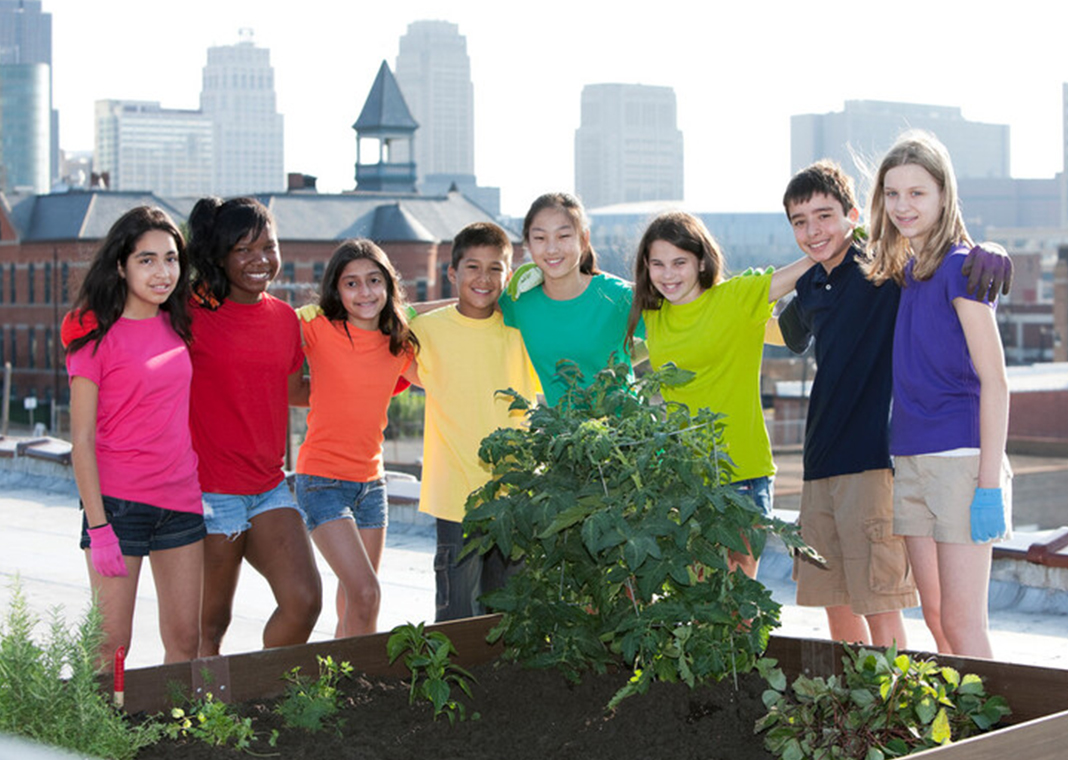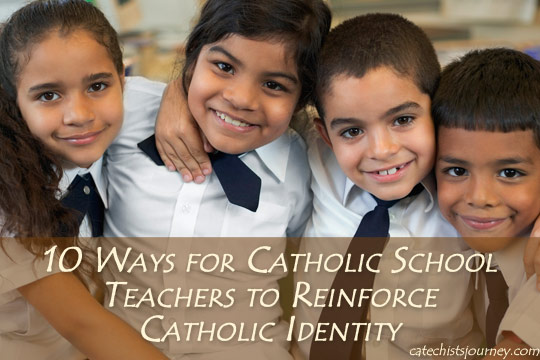
This is the second article in a series on the five characteristics of Catholic identity and how we can nurture those in our children.
Children often see “church” as a pretty building to which they go to pray. They often are unaware that the Church is first and foremost a community of people. Jesus told us, “For where two or three are gathered in my name, I am there among them” (Matthew 18:20). Together, we are Church.
Community is not only something that is nice to have when we are in need. It is necessary for us to be fully human. We were not created to be alone. We were created in the image of God, who is Trinity: three persons in one God. God’s self is a community so intimate that it is one. Therefore, we too are designed to live in community with others in love.
One unique aspect of the Catholic community is that it does not consist of just the millions of members around the world today, but it includes all of the members who have gone before us. The Communion of Saints connects us to the canonized saints as well as all of the faithful departed. Therefore, the benefits and obligations of community life transcend the physical here and now and include the spiritual realm.
Living in a community demands stewardship, solidarity, and hospitality. We cannot form and deepen relationships with others when we are focused on ourselves and our own needs. Instead, we discern the gifts and passions which God has given to us and how God is calling us to use those gifts to serve the community through our time, talent, and treasure.
As we attempt to nourish a Catholic identity in our students, we must pass on this sense of community. No one is Catholic alone. Here are some suggestions to create a commitment to community with the children in our programs:
- When participating in service projects, help students to realize why we serve others, exactly who they are serving, and how they are part of the same community.
- Invite members of parish organizations to speak to the children about how they serve the community and how they discerned their involvement.
- Help students discern their own gifts and talents, recognize gifts and talents they see in one another, and consider ways to help others by using those gifts.
- Use puzzle pieces as a visual aid to show how each person has something unique that is necessary for the community to be whole.
- Invite individuals from a variety of vocations to share their stories with the children, including how they use their gifts in their current vocations to serve the community.
- Guide children in researching patron saints who share their name, birthday, or a common interest.
- Invite Confirmation candidates to share with younger children their saint names and why they chose them.
- Celebrate a different saint’s feast day during opening or closing prayer each week.
- Guide children to pray for the intercession of those they know and love who have died. Remind the children that we are still connected to these people through the Communion of Saints.
What do you do in your program that fosters a sense of community for children?




As a born catholic, I followed every action which I saw my parents and other adults in the church did in building my faith. Today after reading this article, I think our catechist need to do more for the youth to appreciate their identity as Catholics.